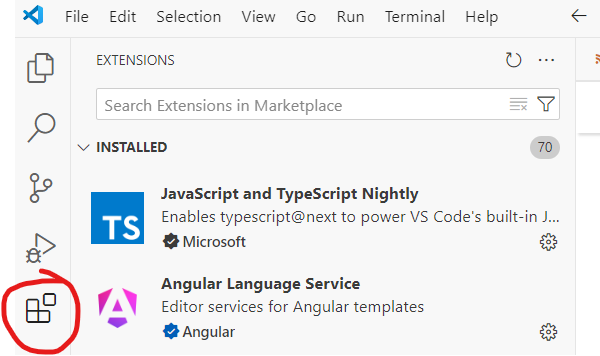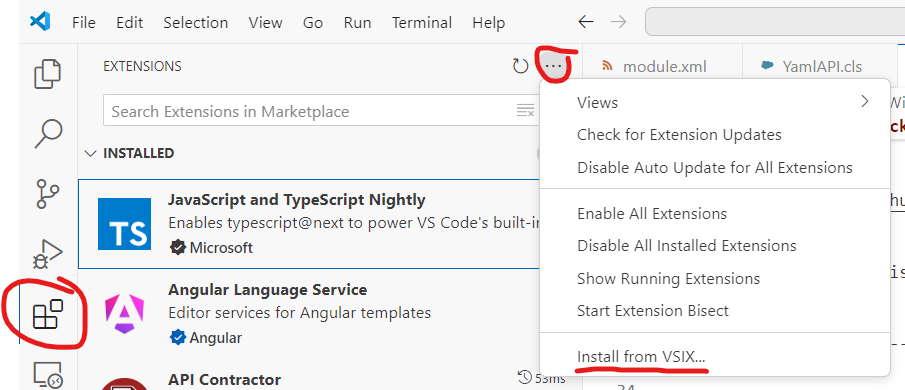
Hi Community,
In this article, I will introduce my application iris-HL7v2Gen .
IRIS-HL7v2Gen is a CSP application that facilitates the dynamic generation of HL7 test messages. This process is essential for testing, debugging, and integrating healthcare data systems. The application allows users to generate a wide variety of HL7 message types, validate their structure against HL7 specifications, explore the message hierarchy, and transmit messages over TCP/IP to production systems. These features are particularly useful in settings where compliance with HL7 standards is mandatory for interoperability between different healthcare organizations or systems.
Application Features
- Dynamic HL7 Message Generation: Instantly create HL7 messages for a range of message types, facilitating comprehensive testing.
- Message Structure Exploration: Visualize the structure of generated messages based on HL7 specifications.
- Value Set Visualization View predefined sets of allowable coded values for specific fields.
- Message Validation: Validate messages against HL7 standards to ensure compliance.
- TCP/IP Communication: Easily transmit messages to production using TCP/IP settings.
- Broad Message Type Support: Supports 184 different HL7 message types, ensuring versatility for various healthcare integration needs.
- ClassMethod: Generate a Test Message by Invoking a Class Method
- Version Support: Currently Supports HL7 Version 2.5
Dynamic HL7 Message Generation
The core functionality of IRIS-HL7v2Gen is its ability to dynamically generate HL7 test messages. Users can select from a list of 184 message types, ranging from ADT (Admit, Discharge, Transfer) messages to ORM (Order Message) and ORU (Observation Result) messages. This dynamic message generation allows developers and testers to simulate a wide array of healthcare data exchanges and test their integrations.
The application’s interface is designed for simplicity, allowing users to select a message type from a dropdown list, click a button, and immediately generate a test message. This feature is valuable for quickly creating realistic data exchanges that can be used to test systems, troubleshoot errors, and ensure compliance with HL7 standards.
In order to generate the test message, select a message type from the dropdown list and click the 'Generate Test Message' button.
.png)
The application will generate a test message

Exploring HL7 Message Structure
HL7 messages can be complex, containing multiple segments, fields, and components. Understanding the structure of these messages is key to ensuring that data is transmitted accurately. IRIS-HL7v2Gen provides an intuitive feature that allows users to explore the structure of the generated message. This feature visualizes the hierarchical structure of the HL7 message, making it easier to understand how different parts of the message relate to each other.
By providing this level of insight, the application helps users identify any structural issues within the message and make necessary adjustments before transmission.
Upon selecting the Message Type, the application will construct the message structure based on HL7 specifications.
.png)
Value Set Visualization
This feature enhances message profiling by displaying field value sets. It allows users to view predefined sets of allowable coded values for each field within the message profile, ensuring that data is consistent and standardized according to HL7 v2 specifications. By binding fields to specific value sets, the application helps users create precise, compliant message definitions, reducing optionality and improving interoperability between healthcare systems.

Message Validation
Once a test message has been generated, the application provides a built-in message validation feature. Validating HL7 messages is crucial to ensure they conform to the HL7 standards, preventing issues during real-world exchanges. The application checks the structure of the message, ensuring that it adheres to the required syntax and segment specifications.
Click the 'Validate Message' button to validate the generated message.
.png)
Transmission via TCP/IP
Once a test message is validated and structured correctly, the application enables users to transmit the message to production systems using TCP/IP. This feature is essential for real-world applications, where HL7 messages need to be sent to various systems, including electronic health records (EHR) systems, laboratory systems, and other healthcare applications.
The transmission process is straightforward. Users can open the "View Production" page, ensure the production is started, and click the "Send Message to Production" button. This feature simplifies the process of sending HL7 messages to external systems for further processing, ensuring that messages are accurately transmitted to the right destination.
TCP/IP connection settings
By default, the host and port are defined based on the running production, but they can be modified by clicking on 'Connection Settings' if you want to send the message to another TCP/IP client.

Click on “Send message to production” button from the application
.png)
Select the business service “HL7TcpService” and Open the message viewer


Class Methods for Message Generation
For advanced users, IRIS-HL7v2Gen allows for the generation of HL7 messages through a class method. By connecting to the IRIS terminal, users can invoke the GenMessage function from the dc.HL7v2Gen class and specify the desired message type. This functionality allows for greater flexibility and automation, particularly for developers who want to integrate the message generation process into their custom workflows or testing scripts.
For example, a user can execute the following command in the IRIS terminal to generate an ADT_A01 message:
set mes = ##class(dc.HL7v2Gen).GenMessage("ADT_A01")
write mes

Invoke the function outlined below to retrieve the supported message types
do ##class(dc.HL7v2Gen).ListMessageTypes()

Below is the snippet of HL7v2Gen class
.png)
For more information or to access a live demo, please visit iris-HL7v2Gen open exchange application page.
Thanks


.png)
.png)
.png)
.png)
.png)
.png)
.png)
.png)
.png)
.png)
.png)

.png)
.png)
.png)
.png)

.png)
.png)

.png)